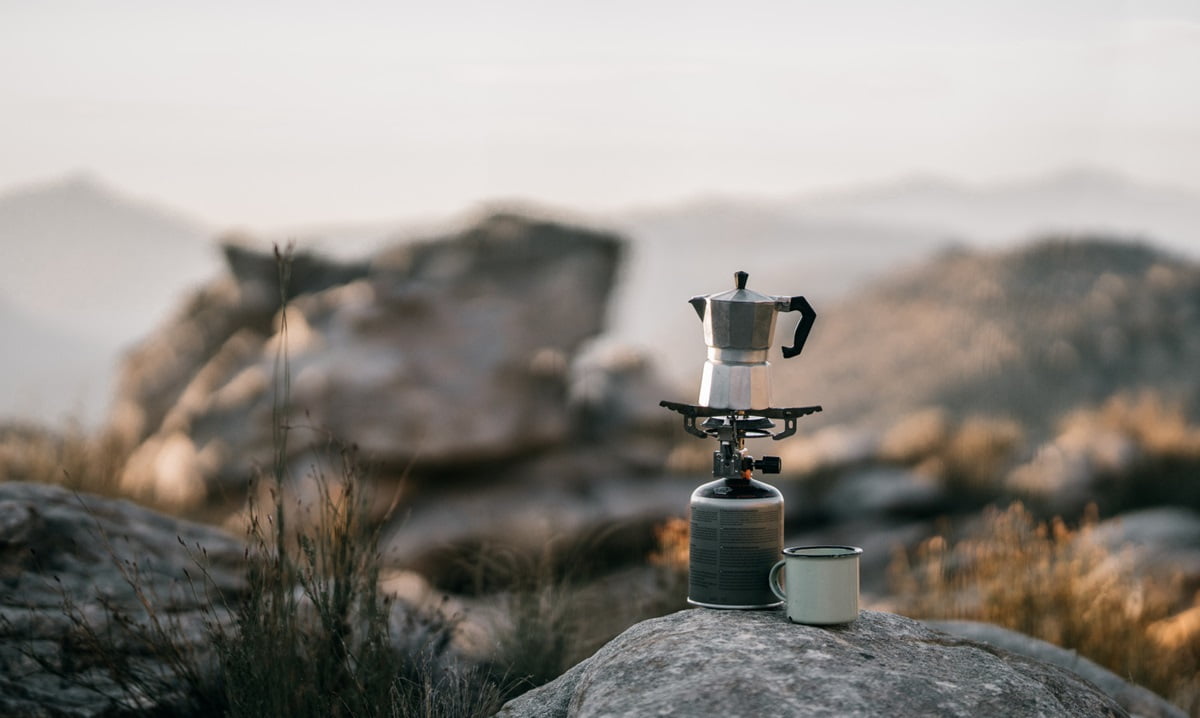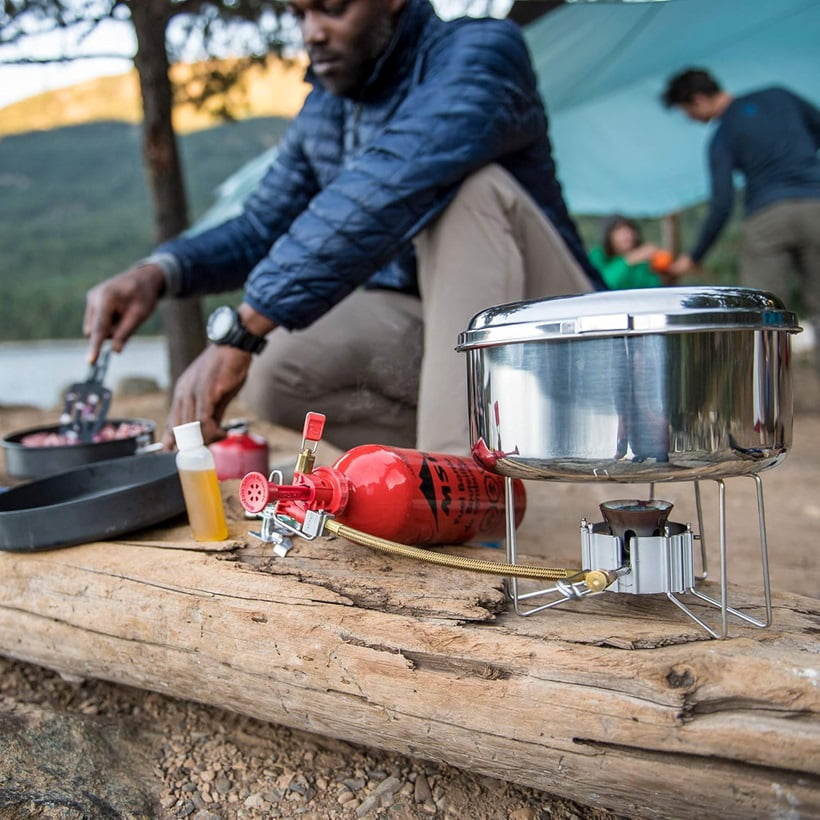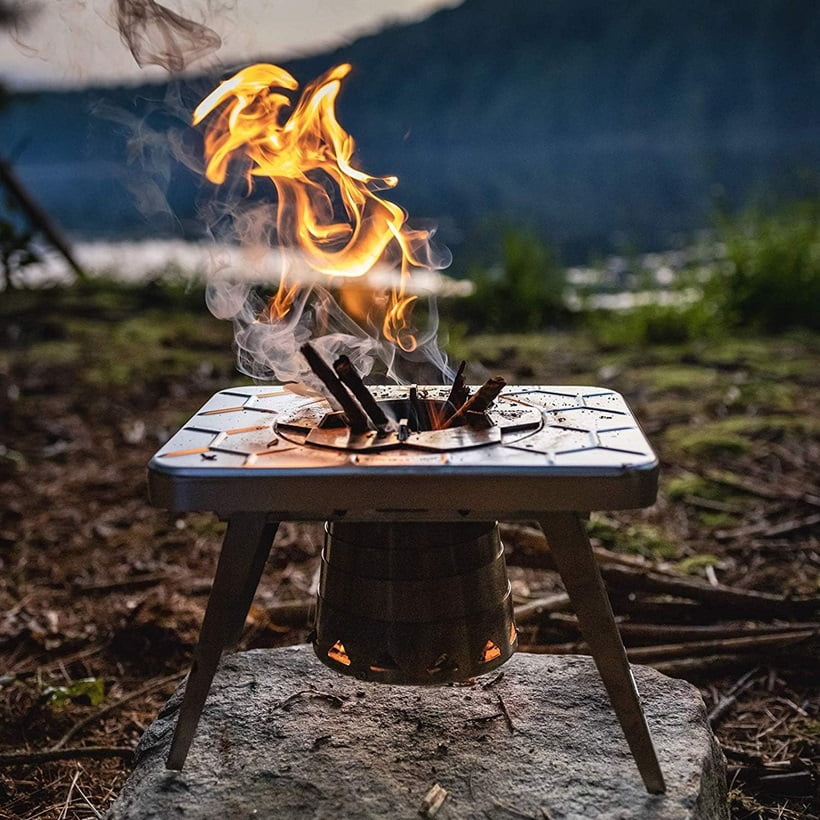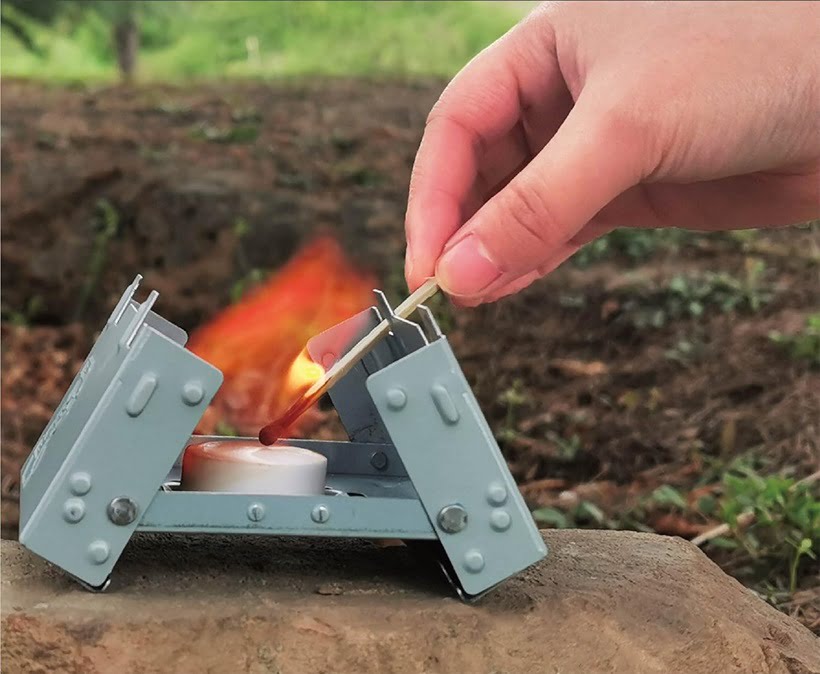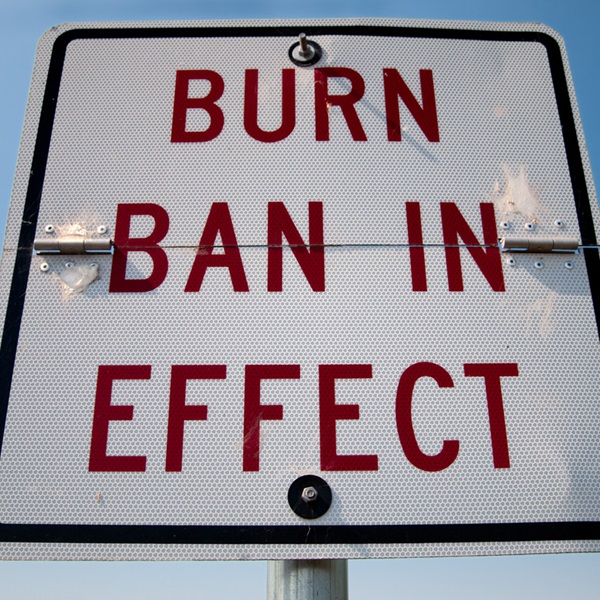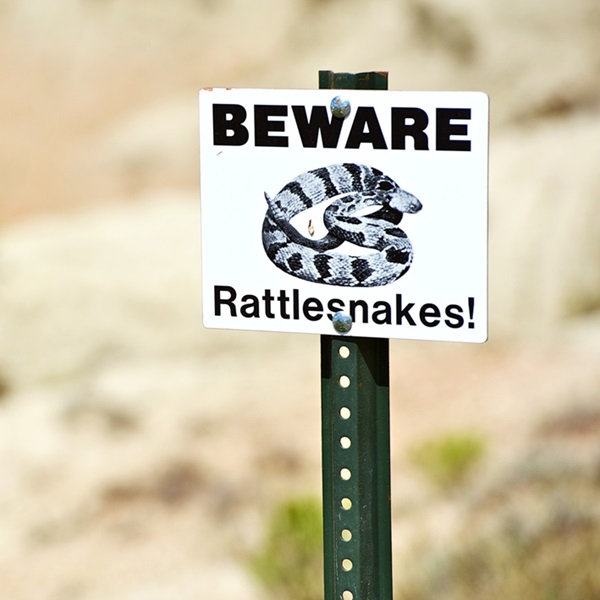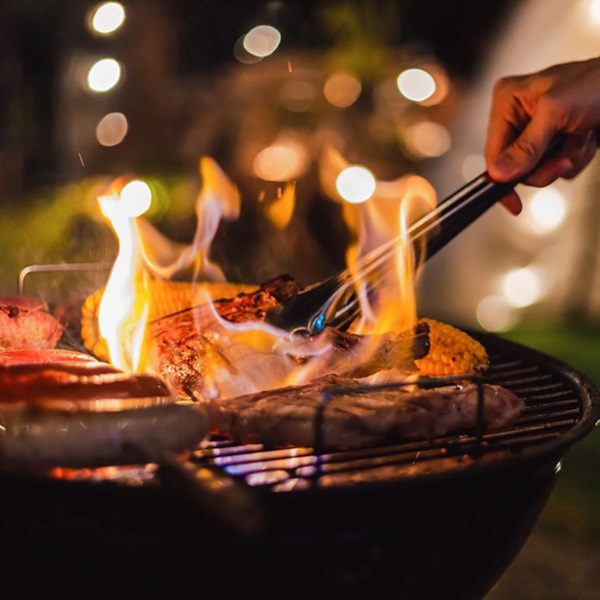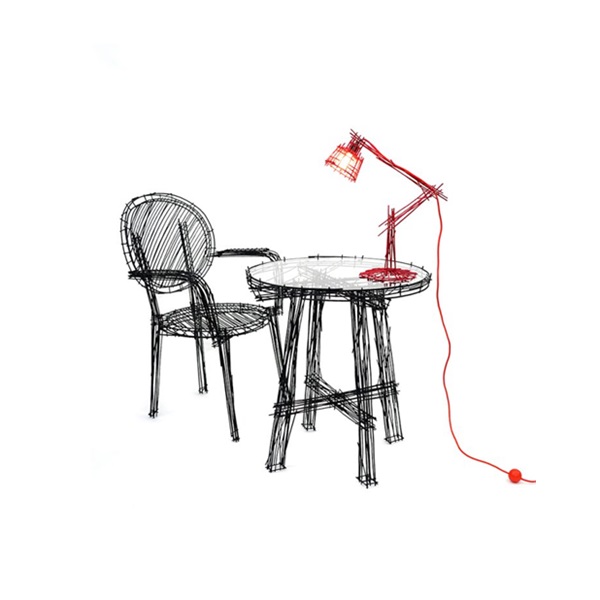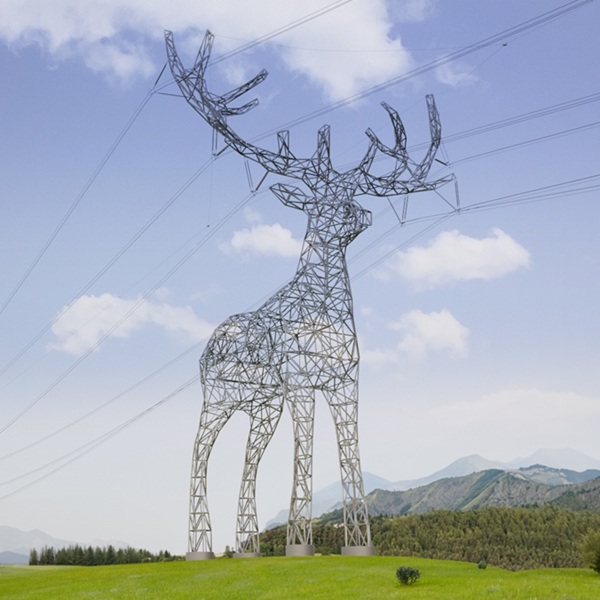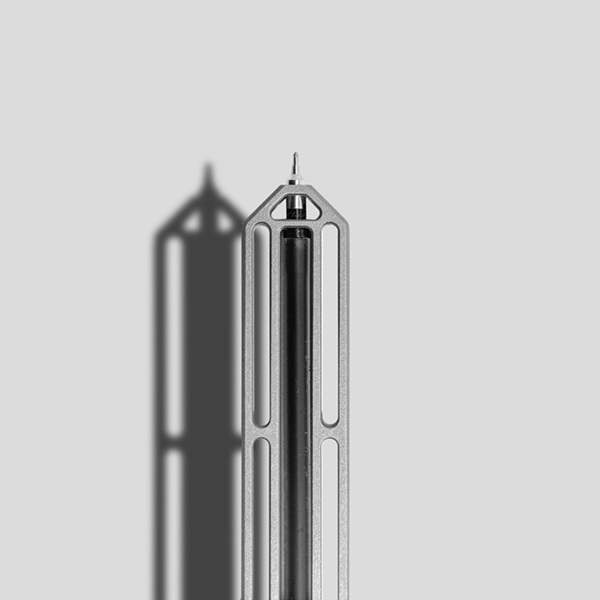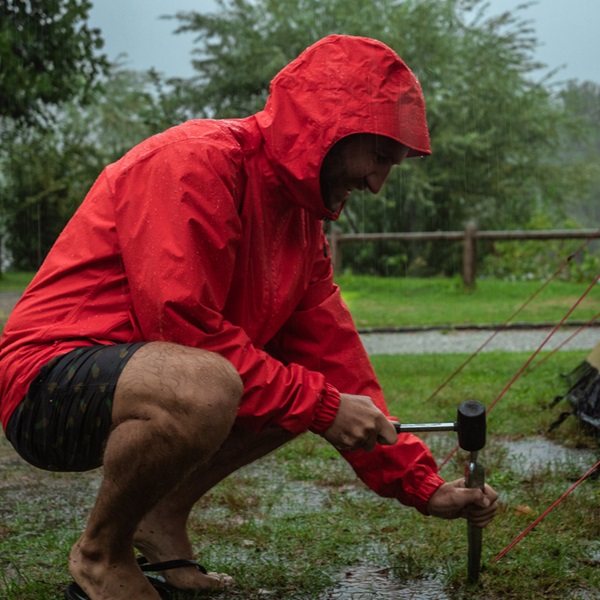
Using a camping stove can enhance your outdoor experience by providing hot meals and drinks in the wilderness. However, knowing how to use a camping stove properly is essential to avoid accidents, both big and small.
Improper use can lead to burns, gas leaks, or even a fire hazard. Whether you are a beginner or an experienced camper, you should read the manuals of your camping gear. If you still have questions, our guide will help you use your portable camping stove properly. But first, let us explore what kind of unexpected accidents might happen if you do not follow instructions.
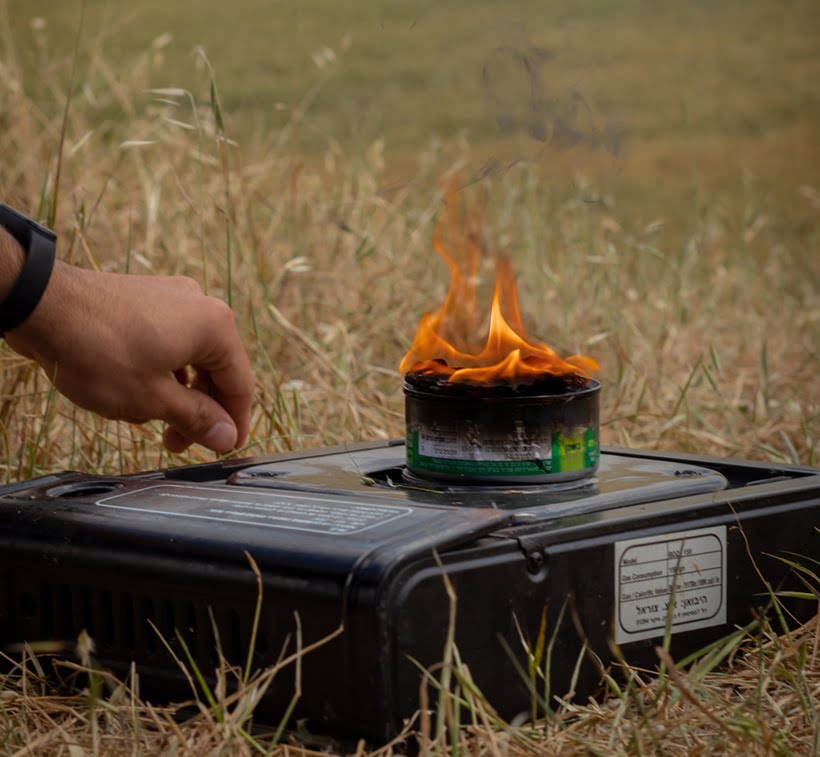
Possible camping stove accidents
Accidents are part of our lives. But for our safety, we should always be cautious, especially with gear with which we are not familiar. When learning how to use a camping stove, it is essential to understand the potential risks involved. Even if your portable gas cooker is designed for convenience, improper handling or lack of attention can result in serious accidents.
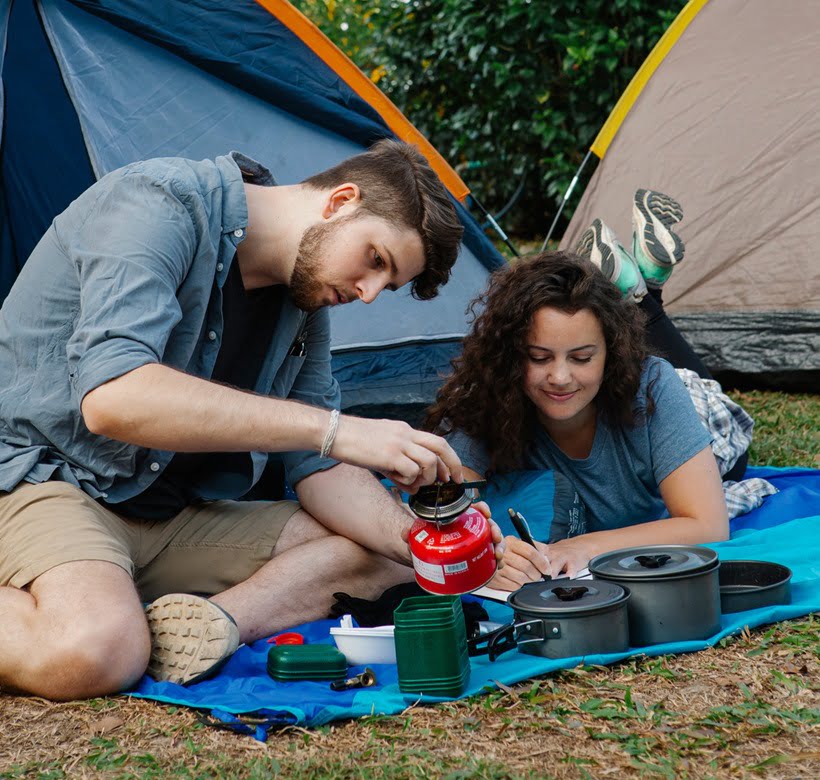
Some of the accidents that you might experience can be summarized as follows:
- Faulty connections or improper handling can lead to gas leaks, posing a risk of explosion or fire.
- Unstable surfaces or an improperly placed stove can cause it to tip over, spilling hot contents and creating fire hazards.
- Touching the stove or pots without protective gear can lead to severe burns.
- Spilling liquid fuel while refilling can lead to uncontrolled flames.
- Using a camping stove in an enclosed area can result in a dangerous buildup of carbon monoxide.
- Leaving the stove on for too long can cause overheating, damaging the stove and increasing fire risks.
How Do Camping Stoves Work? Different Stove Types for Camping
When learning how to use a camping stove, it is important to understand that not all outdoor stove types are equal. Different stoves cater to various needs, environments, and cooking preferences.
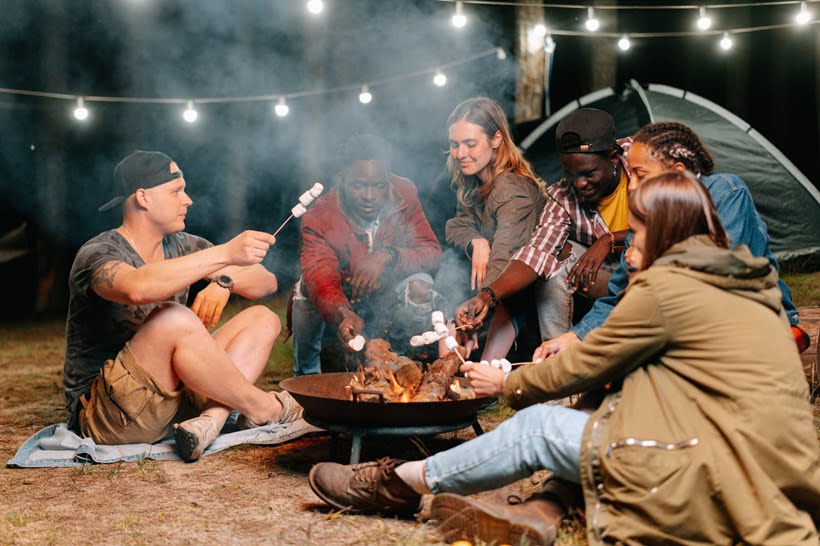
Let us explore the safest camping stove type for your camping environment.
Canister Stove
Canister camping stove types are lightweight, compact, and run on pre-pressurized fuel canisters. These stoves are popular among backpackers. In addition, they are easy to set up and heat quickly, ideal for quick meals and boiling water.
How to use:
Attach the stove to the canister and ensure the connection is secure. Place the stove on a flat, stable surface, ignite it, and adjust the flame as needed. Always check for leaks before lighting, and keep the canister upright during use.

Liquid Fuel Stove
Liquid fuel stoves use fuels like white gas, making them suitable for cold or high-altitude environments. They are known for their reliability in extreme conditions but require more maintenance and practice.
How to Use:
Fill the fuel bottle, pump it to pressurize the fuel, and connect it to the stove. Prime the stove by releasing a small amount of fuel and lighting it. Once heated, open the valve for consistent flames. Be sure to monitor fuel levels and clean the stove regularly for safe operation.
Alcohol Stove
Alcohol stoves are ultra-lightweight and ideal for minimalist campers. These stoves burn denatured alcohol, which is cheap and widely available, but they tend to cook slower than other stove types.
How to Use:
Pour alcohol into the stove’s reservoir, light it carefully, and let it heat. Place your pot or pan directly over the stove once the flame is steady. Use this stove in well-ventilated areas to avoid excessive smoke or fumes, and allow time for it to cool before packing it away.
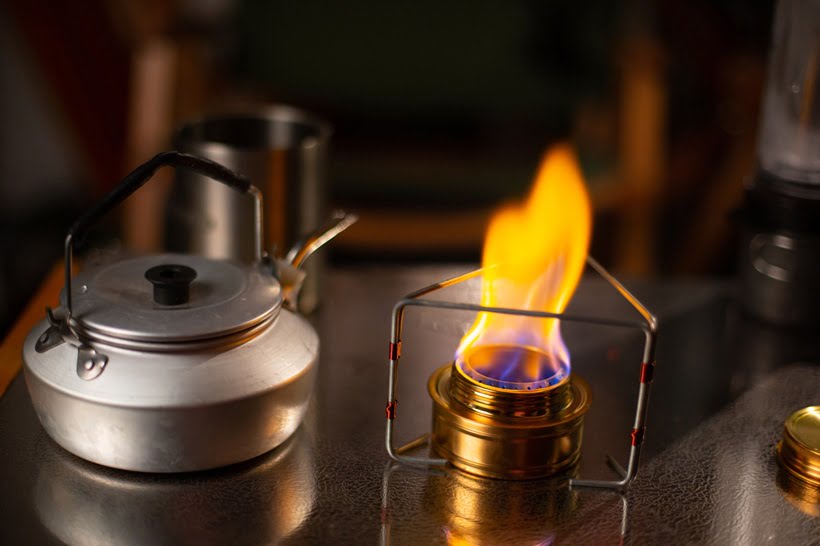
Amazon
Wood-Burning Stove
Wood-burning stoves are an eco-friendly option that uses small twigs, branches, or leaves as fuel. They’re perfect for campers who prefer to use natural resources and want to minimize their environmental impact.
How to Use:
Gather dry twigs and small wood pieces, then place them inside the stove’s chamber. Light the fuel, and as the fire grows, add more wood to maintain heat. Ensure there’s enough airflow for efficient burning, and always use the stove away from tents or flammable objects to avoid fire hazards.
Solid Fuel Camping Stove
Solid fuel stoves use small fuel tablets, making them extremely portable and simple to use. They are ideal for emergency situations or ultra-light camping, but they produce a lower heat output than gas or liquid stoves.
How to Use:
Place the fuel tablet on the designated tray, light it, and allow the stove to heat up. Position your cookware above the flame and cook as needed. Always use these stoves in well-ventilated areas, and ensure the stove cools down before handling it or packing it away.
Camping Stove Safety Tips
When learning how to use a camping stove, safety should always be your top priority. Although all portable stove types offer a convenient way for cooking when camping, improper use can lead to minor or big accidents. Following camping gas safety guidelines ensures that your camping experience remains enjoyable and hazard-free.
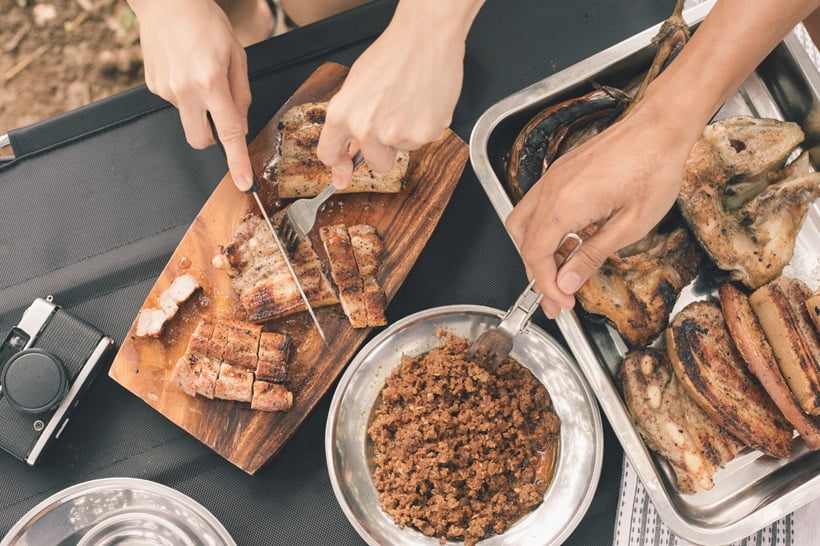
Some of the portable gas stove safety tips you can follow are as follows:
Choose a Stable Surface: Always place your camping stove on a flat, sturdy surface to avoid tipping or spilling hot food or liquids.
Use in a Well-Ventilated Area: Never use your camping stove inside a tent or enclosed space, as this can lead to carbon monoxide buildup. Always cook in an open, well-ventilated area.
Check for Gas Leaks: If using a gas stove, inspect the canister and connections for leaks before lighting. A simple soap-and-water test can help detect leaks—bubbles indicate gas escaping.
Keep Flammable Items Away: Ensure that flammable objects, including tents, clothing, or dry leaves, are far from the stove to prevent accidental fires.
Monitor the Stove While Cooking: Never leave your stove unattended while in use. Wind or wildlife could disturb the setup, leading to accidents.
Cool Down Before Packing: Allow the stove to fully cool before packing it away to avoid burns or damaging your gear.
Use Proper Fuel: Always use the recommended fuel type for your camping stove to prevent malfunction or dangerous fuel reactions.
Store Fuel Safely: Keep fuel canisters or bottles away from heat sources, and store them securely to prevent leaks or spills during transport.

